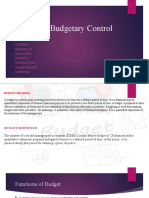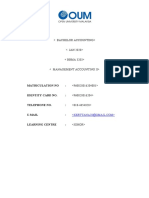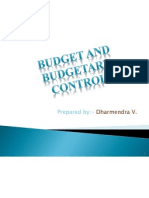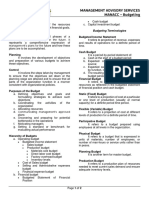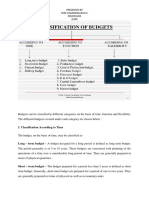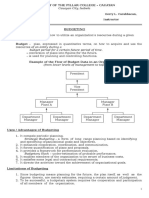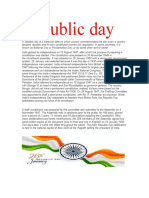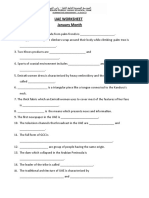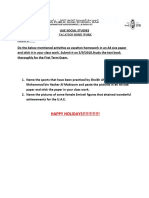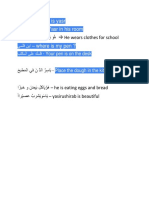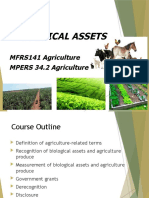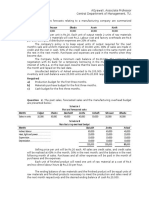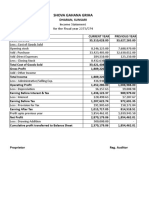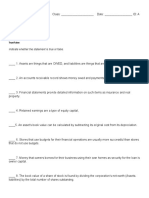0% found this document useful (0 votes)
30 views14 pagesNotes On Budgets - Module 6
The document provides an overview of various budgeting types and their purposes, emphasizing the importance of budgeting for planning and control in businesses. It details different budget types such as master, operating, financial, cash, static, flexible, capital expenditure, and zero-based budgeting, explaining their unique features and applications. Additionally, it discusses the budgeting process, highlighting the need for coordination and the role of sales budgets in forecasting revenues and guiding overall financial planning.
Uploaded by
Devika ArulCopyright
© © All Rights Reserved
We take content rights seriously. If you suspect this is your content, claim it here.
Available Formats
Download as DOCX, PDF, TXT or read online on Scribd
0% found this document useful (0 votes)
30 views14 pagesNotes On Budgets - Module 6
The document provides an overview of various budgeting types and their purposes, emphasizing the importance of budgeting for planning and control in businesses. It details different budget types such as master, operating, financial, cash, static, flexible, capital expenditure, and zero-based budgeting, explaining their unique features and applications. Additionally, it discusses the budgeting process, highlighting the need for coordination and the role of sales budgets in forecasting revenues and guiding overall financial planning.
Uploaded by
Devika ArulCopyright
© © All Rights Reserved
We take content rights seriously. If you suspect this is your content, claim it here.
Available Formats
Download as DOCX, PDF, TXT or read online on Scribd
/ 14




